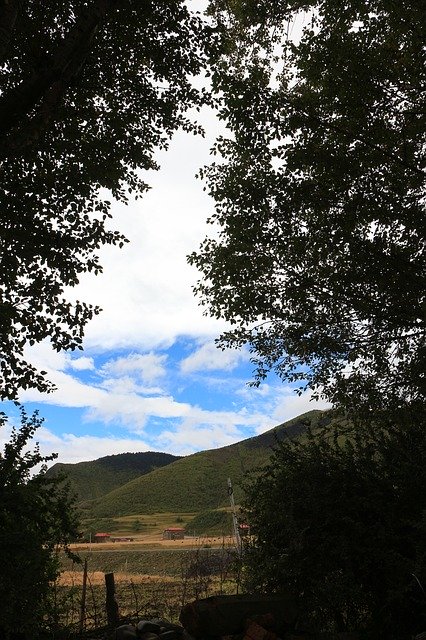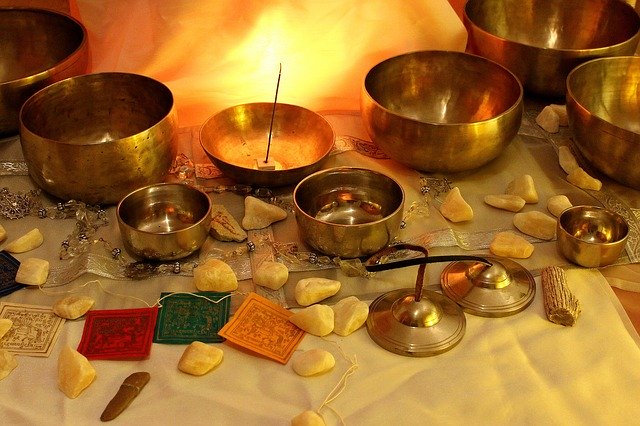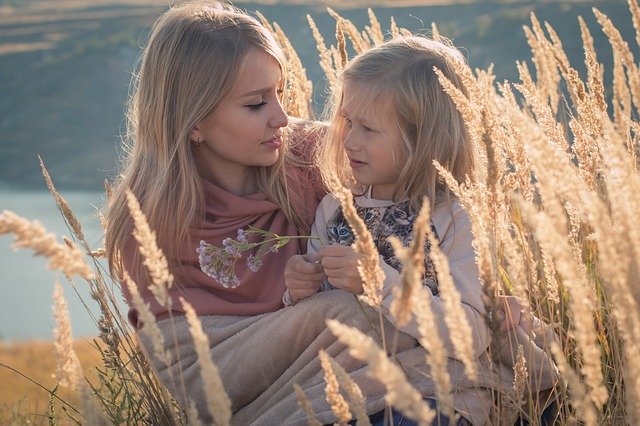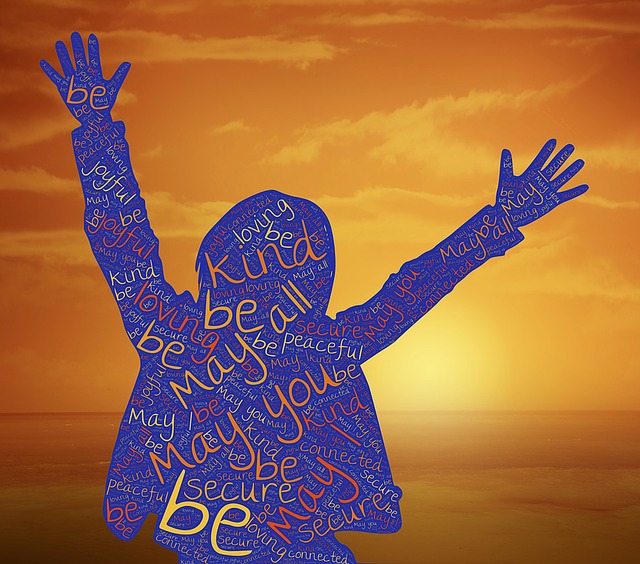In these times of uncertainty and anxiety, mindfulness meditation can be an effective way to restore balance to our mental and emotional state. These structured approaches can be readily reinforced by mindfulness practices that are more flexible and adaptable to our personal circumstances and preferences.
Through mindfulness practices embedded in our daily life and routine, we can progressively achieve the situation where mindfulness is not just something we do, but the way we are in the world. This enables us to show up in a mindful and compassionate way and have a positive influence on the people we interact with in our daily life.
Mindfulness practices that you can use to develop mental health and wellbeing
There are a wide range of mindfulness practices described in this blog and in other mindfulness resources. Some of these could prove useful for you in this time of stress and uncertainty:
- Mindful walking – consciously walking slowly and being aware of the pressure of your toes and soles on the ground. There are a range of videos on mindful walking on YouTube©.
- Mindful eating – eating slowly while being conscious of presentation (how it looks), taste, texture, aroma and touch.
- Engaging with nature – Nature is a proven source of emotional healing and mental health. There are a number of ways to experience the benefits of nature.
- Exercising – There are endless books and articles on the benefits of exercise, and it is considered one of the antidotes for depression. Some people prefer yoga as their form of exercise and Jill Satterfield has her own YouTube© Channel dedicated to ways to combine yoga with somatic awareness.
- Tai Chi – often called “mindfulness-in-action”. Harvard Medical School recently published the results of extensive research into the benefits of Tai Chi and provided an explanation and exercises for each benefit in its publication, The Harvard Medical School Guide to Tai Chi. The benefits of Tai Chi include less stress, a healthier heart, positive mood and a clearer mind as well as better balance and coordination and reduced physical pain.
- Taking compassionate action – going beyond self-absorption to helping others in need. An interesting new development is the Adopt a Grandparent Campaign (given the increased isolation of the elderly because of the Coronavirus). Taking compassionate action can have numerous forms and is limited only by your awareness and creativity. Compassionate action includes being aware of, and communicating with, a friend or family member who may be experiencing loneliness.
- Use waiting time to develop awareness – our typical default when we have to wait for something is to grab for our phone. We could use waiting time instead to develop our natural awareness.
- Expressing gratitude – neuroscience has shown the benefits of gratitude for mental health and wellbeing, not only for the recipient of the expression of appreciation but also the giver. However, you don’t even have to express appreciation to others to gain a health benefit from being grateful. There are many ways to develop gratitude and reap its benefits.
- Tuning into sounds – you can adopt a natural awareness approach by tuning into sounds around you (both your immediate surrounds and your external environment). Alternatively, you can be more goal-focused in your awareness, e.g. focusing on the “room tone”.
- Establishing a mindfulness reminder – we can use something that occurs frequently throughout our day to be reminded of the need to be mindful. People have used a wide range of things as reminders, e.g. when the phone rings or when they boil the jug/make a cup of coffee, they take a few mindful breaths or steps. All it takes, according to Chade-Meng Tan, author of Search Inside Yourself, is “one mindful breath a day”.
Create small habits to build sustainability
Clearly you can’t do it all and if you attempt to do too much, your new habit will not be sustainable. Start small – Dr. V.J. Fogg suggests that you create tiny habits, breaking larger habits down to their “smallest accessible practice”. Do something that fits with you personally – you don’t have to achieve what others are doing. Be prepared to adopt a trial-and-error approach and change your habit(s) where appropriate – there is no one approach that suits everybody.
Building and maintaining a positive mindset
You can enhance your positive mindset by listening to presentations that are uplifting. These can take the form of podcasts, videos or other sources of positively oriented communications. TED Talks©, for example, offer “ideas worth sharing” and include inspirational stories, innovations and creative problem solving.
There are numerous presenters who work in the mindfulness space and offer encouraging and supportive communications via videos and audio
podcasts. One particular example that comes to mind is Dr. Jud Brewer who has commenced producing short 5-minute videos on his YouTube
Channel© covering timely topics such as:
- 5 simple habits for good mental hygiene
- Using kindness to create connection during a crisis
- Working with uncertainty
- How to spread connection instead of contagion
- How fear and uncertainty lead to anxiety.
One of Jud’s videos focuses on “how to stop compulsively checking the news”. Even in the best of times, the news can be disturbing, disorienting and confusing, yet we are tempted to feast on the news. Cilla Murphy, a teacher who has just experienced 7 weeks in lockdown in China offers a number of very important learnings from her experience and her advice about the news is:
Try not to listen to/read/watch too much media. It WILL drive you crazy. There is [such] a thing as too much!
Reflection
There are so many options in terms of mindfulness practices that can help us in times of uncertainty and anxiety. We can become overwhelmed by the variety and endless choices. The secret to habit change is to start small and maintain the new habit for a reasonable time (to test it and embed it in our daily life).
One sustainable habit can lead to another…and another. We should not be discouraged by the magnitude of the changes we need to make – we can chip away at them progressively with the aid of meditation and mindfulness practice. It takes time to overcome our self-protective mechanisms if we are to achieve significant changes in our behaviour. As we grow in mindfulness, we can become increasingly self-aware, develop our focused intention and build resilience to overcome setbacks on the road to sustainable change.
________________________________________
Image by RÜŞTÜ BOZKUŞ from Pixabay
By Ron Passfield – Copyright (Creative Commons license, Attribution–Non
Commercial–No Derivatives)
Disclosure: If you purchase a product through this site, I may earn a commission which will help to pay for the site, the associated Meetup group and the resources to support the blog.









